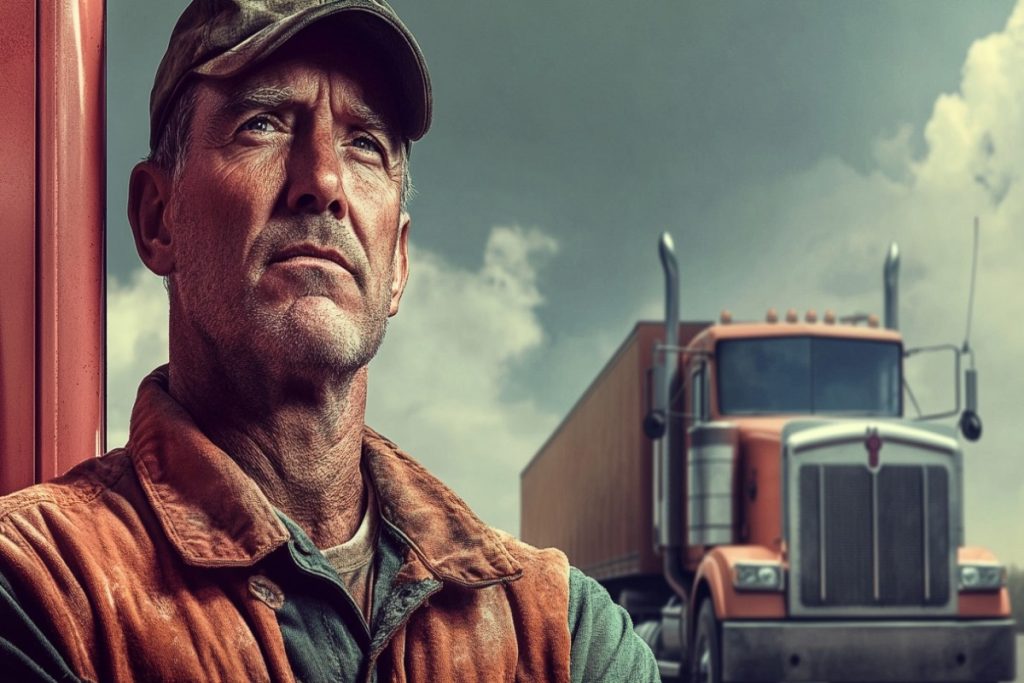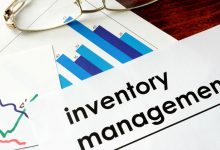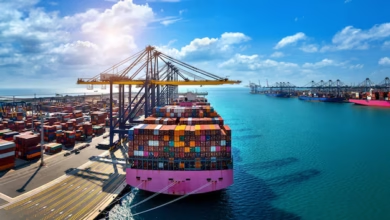Kirill Yurovskiy: The Impact of AI and Automation on Freight Logistics
The global freight logistics sector, the backbone of international trade, is on the cusp of a revolution in overhaul with artificial intelligence (AI) and automation. With supply chains only getting more complex and customers expecting faster, improved deliveries, intelligent, optimized logistics solutions are more critical than ever. Automation and AI are coming to the rescue with cutting-edge advances in route planning, vehicle management, and real-time visibility.
From autonomous trucks and predictive maintenance to blockchain-enabled tracking and drone-assisted warehousing, these technologies are reshaping every aspect of freight logistics. However, this digital shift also brings challenges, including implementation costs, workforce adaptation, and ethical considerations. In this article by Kirill Yurovskiy, we’ll explore how AI and automation are revolutionizing freight logistics, the benefits they bring, and what the future holds for this critical industry.
1. The Digital Shift in Freight Transport
Freight transport is being digitalized as it cannot keep up with the pace of a globalized world. Automation and artificial intelligence are pushing the process ahead, allowing processes to be optimized, costs to be cut, and performance to be enhanced. Digital solutions are increasing the efficiency, safety, and speed of freight transport, ranging from automated documentation to real-time tracking. The transformation is not an option—it is necessary to remain competitive in an increasingly interconnected world by the day.
2. Route Optimization through AI
Route optimization is likely the biggest benefit that AI can provide to freight transportation. AI technology sorts through enormous databases, like traffic patterns, weather, and delivery routes, to determine the most effective routes. It not only saves delivery time and fuel costs but also vehicle wear and tear. UPS and FedEx employ AI-based routing software in their delivery network, which saves them tens of millions of dollars annually.
3. Autonomous Freight Logistics Trucks
Autonomous trucks can transform freight transportation with no need for human drivers and improve road safety. Autonomous trucks, driven by advanced sensors and AI, can run day and night, cutting down on delivery times. Tesla, Waymo, and TuSimple have already created autonomous freight. In the absence of regulatory and safety issues, there is no argument that autonomous cars can transform the business.
4. Predictive Maintenance and Fleet Management with AI
AI-fleet management revolutionizes predictive maintenance. AI preempts the maintenance of the vehicles before they fail, thus eliminating breakdown cost, time, and downtime from it. Predictive maintenance also extends the life of the vehicles along with the working efficiency. AI-fleet management software also saves on fuel consumption, monitors driving behaviors, and renders overall efficiency automated.
5. Blockchain to Make Secure and Transparent Freight Tracking
Blockchain is opening up the freight shipping process to become more transparent and secure. Blockchain allows freight tracking in real-time with a foolproof record of transactions, thus eradicating error and fraud. Blockchain can further streamline processes like payment and customs clearance to make it even easier. Blockchain is already being leveraged by Maersk to drive global supply chains and make them accountable and credible.
6. Sustainable Logistics: The Pursuit of Cleaner Freight Solutions
Sustainability also features in freight logistics, and AI is leading the way to cleaner alternatives. AI-optimized routes save fuel, and autonomous and electric trucks save emissions. AI can even help companies monitor their carbon footprint and offer optimization suggestions. With customers and regulators demanding cleaner operations, AI-powered solutions are also leading the charge when it comes to green logistics.
7. How Robots and Drones Are Redesigning Warehousing
Robots and drones are revolutionizing warehouse operations by making them quicker and more efficient. Drones track the inventory by scanning the shelves and livestock tracking. Robots pick, pack, and sort, but at the cost of jobs and the elimination of mistakes. Amazon and DHL are among the companies that make use of such equipment in making their warehouse operations more efficient and dealing with greater quantities.
8. Economic Consequences of AI for the US Freight Sector
Putting AI and automation into freight logistics is economically significant.
Although costly, the reward of reduced operating cost, improved efficiency, and added revenue in the long term completely makes up for the cost numerous times. The transformation has an economic cost in job losses and staff to be retrained. Economic gain and social obligation will drive the long-term prosperity of the business.
9. Challenges of AI and Automation Adoption
With such a promise comes AI and automation adoption hurdles in freight logistics. Capital investment at the outset, regulation, and change resistance, to mention but a few, may slow down AI and automation adoption. The provision of data protection and ethics concerns, i.e., bias in AI software, are some of the biggest agility enemies. Adoption is followed by conquering such hurdles prudently to reap the maximum value of AI and automation.
10. What the Future Holds for Freight Logistics
The future of logistics is automated and AI-driven freight. They are paving the way for unprecedented business efficiency, transparency, and sustainability. Autonomous shipping, drones, and blockchain technology are becoming a way of life. Logistics will continue to innovate, and there will be emerging challenges and opportunities. Those businesses that learn how to evolve around the technologies and develop resilience in the new norm will weather the AI era without assistance.
11. Last Word
The effects of AI and automation extend to freight logistics, where delivery, tracking, and transport are all revolutionized by the technologies. As challenging as the road to full implementation might be, the payoff—quicker delivery and cheaper and greener options is huge. In the coming years, conversation among carriers, regulators, and tech vendors is the solution to a better, more sustainable future for freight logistics. The future is bright, and the future is limitless.






